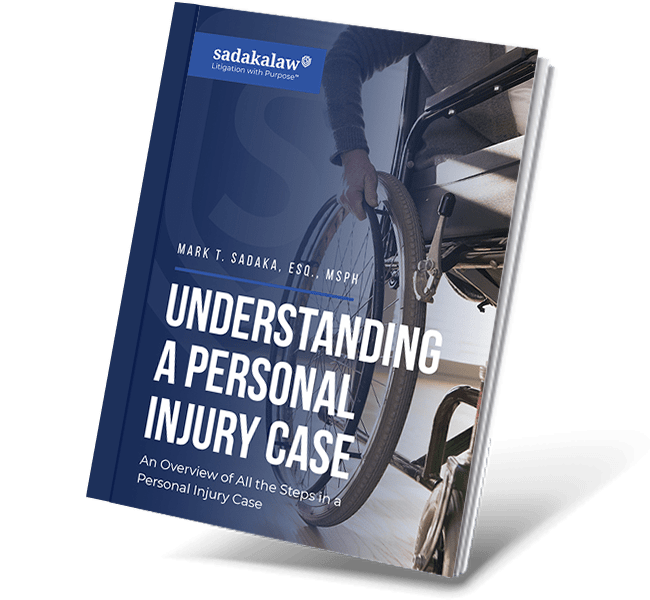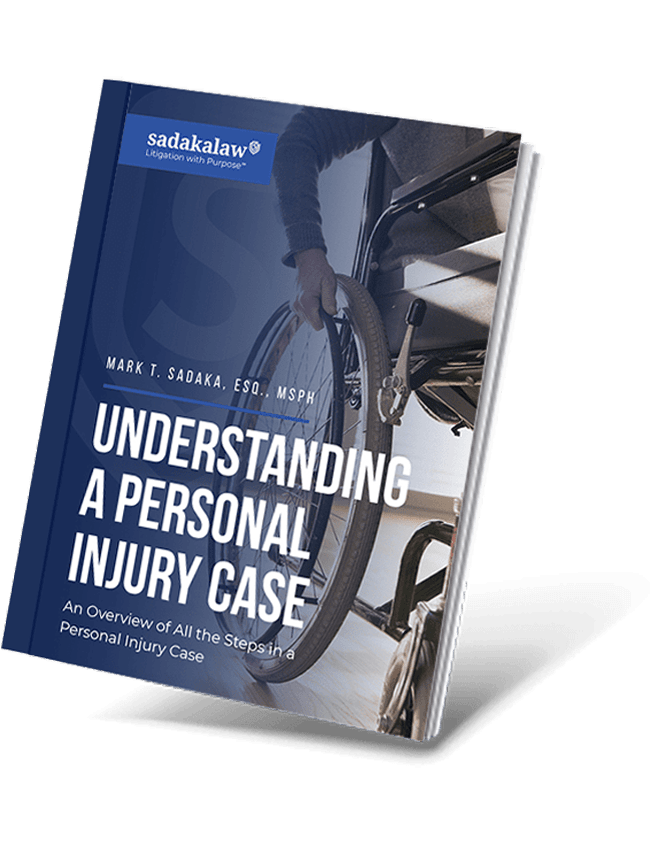
The extent of the PFAS contamination of the country’s drinking water supply is just becoming known. States and environmental watchdogs are beginning to learn exactly how prevalent the problem is through their own testing. Eventually, this may result in a massive cleanup effort, if the problem can even be remediated. The costs of this cleanup should fall on the companies who have caused the pollution. However, one of those companies is taking steps to insulate itself from liability which may shield it from having to pay billions of dollars to clean up the mess that it has made.
PFAS Is the “Forever Chemical” that Contaminates Groundwater
PFAS is actually a family of chemicals that contaminates much of the groundwater in this country. It is a chemical that is used in the production of certain materials such as Teflon and Scotchgard. It is intended to be a durable material, hence its nickname of being the “forever chemical.” This will make it extremely difficult and costly to clean up from the water.
For people, PFAS can be a carcinogen and can damage fetuses. It can also harm other organs in the body. For example, a Pennsylvania woman developed high liver enzymes before discovering that her water well tested positive for PFAS. The chemicals can also cause birth defects and high cholesterol.
The scope of the PFAS problem is still becoming known. The EPA has known about the contamination for two decades and has either ignored it or declared that it did not exist. It has been states and private entities that have done their own testing which has revealed that nearly all jurisdictions have some sort of PFAS pollution. A 2019 study showed that nearly 20 million people are known to be exposed to PFAS in their water supply. Almost every American has had some exposure to PFAS and has it in their blood.
There Could Be Billions of Dollars in Liability for Cleanup Costs and Damages
The chemical companies that are responsible for the PFAS pollution may be facing billions of dollars of liability in the future. Once the extent of the cleanup efforts is known, the federal government may come after these entities to pay for their share of the costs. This is similar to what happened with a chemical called PCB. General Electric was responsible for the contamination of the Hudson River with PCB over a course of decades. The company ended up spending $1.7 billion over eight years to pay for the river’s cleanup. This cost was for just one body of water. PFAS chemicals permeate dozens of local areas so the costs may be considerable.
One of the companies that have been mentioned as a large-scale source of the PFAS solution is the chemical giant DuPont. They make many of the products that use PFAS. As a result, they may be to blame for its discharge into the environment. While it is many years into the future, the company may be on the hook for billions of dollars of costs. This is the type of liability that can weigh heavily on a company’s share price. In addition, people who have been harmed by the chemicals can also recover from the companies in a lawsuit.
DuPont Has Been Shedding PFAS LIabilities
Observers have noticed a disturbing pattern in DuPont’s corporate transactions. The company appears to be engaging in a concerted pattern of business deals that may have the effect of offloading its possible PFAS liabilities onto other companies. These companies that have assumed the cleanup responsibility do not have the necessary funding to underwrite what may be a gigantic bill. DuPont has undertaken a series of spin-offs that give the appearance that it is trying to rid its own books of this possible crushing liability.
For its part, DuPont denies that it is consciously trying to avoid having to pay for the contamination that it caused. The company claims that the spinoffs are being done with the intent of creating and unlocking shareholder value. According to DuPont, any effect on its potential PFAS liability is incidental as opposed to being the driving factor behind these moves. Still, the company has engaged in multiple spin-offs. Some of the transactions put DuPont at least two levels away from possible PFAS liability.
When the time comes to pay for the cleanup, the liability may overwhelm these new companies. They could declare bankruptcy as a way of getting out of the full cost of remediation. Either way, it will be both the local jurisdictions as well as the taxpayers who are left holding the bag.
Offloading and spinning off companies that have large possible cleanup costs is becoming more common in the U.S. This practice is prevalent in both the chemicals and energy fields. In effect, these companies are using a corporate transaction to get out of paying what they owe for the damage they have caused. Spin-offs are a sophisticated way of pawning off the risks on the company’s own shareholders who received shares in the newly created companies. In this case, DuPont gave up 19 percent of the company’s business operations while ridding itself of 90% of the PFAS liability.
Lawsuits Are Mounting
In DuPont’s case, it is already facing mounting lawsuits stemming from PFAS. DuPont has already entered into roughly $400 million of PFAS settlements already and faces scores of additional lawsuits. The company has also been sued by the companies that it has spun off for allegedly hiding the extent of the PFAS liability. In one case, DuPont estimated that a case had $2 million of PFAS liability when the final amount ended up being closer to $200 million.
The civil lawsuits have alleged that DuPont has known that PFAS is toxic for over five decades. It also allegedly knew that PFAS was contaminating local groundwater. However, it continued to make the chemical without informing local and state authorities of the scope and extent of the problem. DuPont concedes that it knew about the risks. With internal documents evidencing this, it could hardly deny this fact. However, the company denies that it hid the problem from authorities and the general public.
The one thing that is certain is that this saga of litigation is only at its beginning. Government investigators are also on the case, and there may be civil action on the way. In the meantime, those who have been harmed may not be able to recover full damages for the injuries that they have suffered.


